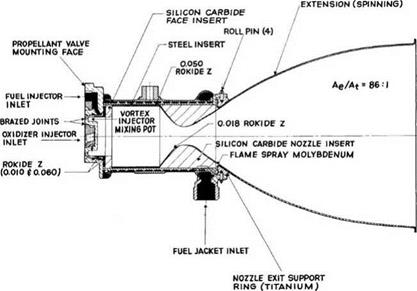A week before Apollo 11 was due to launch, people began to congregate at the Cape communities of Titusville, Cocoa Beach, Satellite Beach and Melbourne. They came from all around the world in order to be able to tell their grandchildren they were present when men set off to try to land on the Moon. By 15 July hotels and motels allowed late-comers to install camp beds in lounges and lobbies, but most people spent the night on the beaches and by the roadside, generating the worst congestion
in Florida’s history. With the notable exception of alarm clocks, which rapidly sold out, shops were able to supply the hoards. As it was to be a dawn launch, the parties ran through the night.
When AS-506 lifted off at 09:32:00 local time on 16 July on a mission to accept President Kennedy’s challenge of landing a man on the Moon before the decade was out, it was estimated that there were about a million people present and 1,000 times as many watching on ‘live’ television.
No-one could be certain that the objective would be achieved, but the way had certainly been well paved.
[1] He did not infer from the absence of detail in the shadows that the Moon was airless, nor did he suggest the presence of open water.
[2] In fact, one of the few names introduced by van Langren to have survived is Langrenus, by which he honoured his own family.
[3] Selene was the Greek moon-goddess.
[4] Like Herschel and Schroter, von Gruithuisen believed the Moon to be inhabited, and after using a small telescope he reported in 1824 his discovery of a city in the equatorial zone near the meridian; but this was later shown to be merely a group of shallow ridges that were visible only when the Sun was low on the local horizon.
[5] For over half a century, geologists had argued about how the Coon Butte crater formed – and this was for a structure that was accessible to in-situ examination. Could there be any hope of resolving the issue of the lunar craters, which could only be peered at from afar!?
[6] On transfer to NASA, the Langley Aeronautical Laboratory became the Langley Research Center, the Ames Aeronautical Laboratory became the Ames Research Center, the Lewis Flight Propulsion Laboratory became the Lewis Research Center and the High-Speed Flight Station became the Flight Research Center.
[7] On 3 December 1958 Eisenhower ordered that JPL be transferred to NASA. This took effect on 1 January 1959, although only under contract, since the facility was owned by Caltech, which NASA paid. In September 1959 the Pentagon voluntarily yielded the Army Ballistic Missile Agency since the military had decided it did not require the Saturn launch vehicle; it would develop the Titan III instead. On 21 October 1959 NASA announced that it was to gain von Braun’s rocket team. On 1 July 1960 the Army Ballistic Missile Agency became the Marshall Space Flight Center.
[8] Physicists James van Allen, Homer Newell, Charles Sonett and Lloyd Berkner were notable early members of the ‘sky science’ community.
[9] Colloquia were held quarterly at different venues on the West Coast through to May 1963.
[10] As would later be realised, Mare Moscoviense fills the floor of a 300-km-diameter crater and Tsiolkovsky covers a portion of the floor of a crater which has a prominent central peak.
[11] The name Ranger set a trend for lunar projects with the names Surveyor and Prospector; in contrast to Mariner for planetary missions – that is ‘land’ names as against ‘sea’ names.
[12] Later, launch operations would be made a separate field centre.
[13] In early 1962 the entire NASA launch organisation was restructured.
[14] The Soviet spacecraft fell silent on 27 February 1961, at a distance of 2З million km from Earth. A launch on 4 February had stranded a similar spacecraft in parking orbit, but its role was disguised by naming it Sputnik 7.
[15] Surface science was only one of the objectives; there were the investigations to be made during the terminal approach, and achieving these would mark an acceptable compromise on the first mission.
[16] They were Lieutenant Commander Alan Bartlett Shepard Jr, Lieutenant Malcolm Scott Carpenter and Lieutenant Commander Walter Marty Schirra Jr from the Navy; Lieutenant Colonel John Herschel Glenn Jr from the Marines; and Captain Virgil Ivan ‘Gus’ Grissom, Captain Donald Kent ‘Deke’ Slayton and Captain Leroy Gordon Cooper Jr from the Air Force.
[17] This reasoning would resurface when John F. Kennedy asked for a worthy challenge.
[18] In a reorganisation on 8 December 1959, the Office of Space Flight Development had become the Office of Space Flight Programs.
[19] In fact, NASA could have launched Shepard several weeks ahead of Gagarin’s flight. If this had been done, Kennedy may well not have issued the challenge of landing a man on the Moon before the decade was out. The fact that Shepard’s flight had been only suborbital whereas Gagarin’s was orbital, would probably not have mattered, since the world’s first ‘spaceman’ would have been an American. The fact that America ‘lost’ both the first satellite and the first man into space could be said to be directly responsible for the race to the Moon. It serves to illustrate that history is not an irresistible tide, it can be extremely sensitive to the outcome of singular events.
[20] Earth imparts a gravitational acceleration of 32.2 ft/sec2.
[21] Newell also wished to maximise the amount of science on manned flights in Earth orbit.
[22] Despite Gold’s assertion that the dust would react only slowly upon being loaded, reporters would remain fascinated by the possibility that a lander would rapidly become submerged by it!
[23] The crater made by Ranger 8 was photographed by Lunar Orbiter 2, and found to be about 13.5 metres in diameter with a mound at its centre.
[24] The converter was installed at JPL, not at Goldstone.
[25] The crater made by Ranger 9 was photographed by Apollo 16 in 1972. At 14 metres in diameter, it was similar to that of its predecessor.
[26] The delay in the Centaur stage was in part due to problems with the configuration of its propellant tanks, but also because the Marshall Space Flight Center was busy with the Saturn launch vehicles. In early 1962, therefore, the Centaur had been transferred to the Lewis Research Center.
[27] In the case of Lunar Orbiter, the wide-angle images would be referred to as medium (M) frames and the narrow-angle images as high-resolution (H) frames.
[28] In fact, Bimat was similar to the Polaroid process.
[29] In particularly, the Planetology Subcommittee called for the Lunar Orbiter Block II to undertake selenodesy, gamma-ray, X-ray, magnetometry, microwave and non-imaging radar studies from orbit.
[30] This was because on a direct ascent the translunar injection point was necessarily near the latitude of the launch site, and for a launch from Florida this was north of the equatorial plane on a southerly heading, which meant that by the time the spacecraft reached lunar distance it would be south of the equatorial plane.
[31] The Manned Space Flight Network was operated under the direction of the Goddard Space Flight Center in support of the Manned Spacecraft Center.
[32] In fact, stereoscopic analysis of the Lunar Orbiter pictures proved difficult due to the manner in which they were scanned in narrow strips for transmission, as this gave the impression of the surface as being corrugated.
[33] Whereas in summer the Moon reaches its ‘full’ phase south of the equator, in winter it does so north of the equator, and since for the early Surveyors the landing sites were well to the west of the lunar meridian with arrival soon after local sunrise in winter months the translunar injection had to be made from south of the Earth’s equator. The restartable Centaur facilitated this by using its first burn to achieve a parking orbit and, once south of the equator, using its second burn to head for the Moon.
[34] During a solar eclipse, when the Moon occults the Sun to terrestrial observers, the irregular profile of the lunar limb often allows light from small sections of the solar disk to be viewed during totality, giving rise to a phenomenon known as Baily’s Beads after the British astronomer Francis Baily who first noted them during an annular eclipse on 15 May 1836.
[35] The term ‘psia’ means pounds of force per square inch on an ‘absolute’ scale measured relative to zero. If a pressure gauge is calibrated to read zero in space, then at sea level on Earth it would read 14.7 psi, which is sea-level atmospheric pressure. A value specified in psia is therefore relative to vacuum, rather than a differential relative to the pressure at sea level on Earth. For large numbers, the difference is insignificant.
[36] The pictures taken by Lunar Orbiter 1 showing Earth against the lunar limb were in black – and-white.
[37] Both Apollo 15 and Apollo 17 were sent to sites imaged by Lunar Orbiter 5; although in the case of Apollo 17 the observations by Apollo 15 also contributed to the selection.
[38] In the late 1950s J. J. Gilvarry argued that the maria were once water oceans, and hosted life. He said the now-dry plains were sedimentary rock, and dark owing to the presence of organic material. He claimed the elemental abundance data from the alpha-scattering instrument matched mudstone even better than it did basalt.
[39] Although NASA was unaware of it, a gamma-ray spectrometer operated in lunar orbit by Luna 10 in 1966 had provided a rudimentary analysis of the composition of the lunar surface across a wide range of latitudes, and the results showed there to be no significant exposures of acidic rock in the highlands.
[40] The term ‘facies’ was introduced to geology in 1838 by the Swiss stratigrapher Amanz Gressly to specify a body of rock having given characteristics.
[41] They were: Lieutenant Charles ‘Pete’ Conrad Jr, Lieutenant Commander James Arthur Lovell Jr, and Lieutenant Commander John Watts Young from the Navy; Major Frank Frederick Borman II, Captain James Alton McDivitt, Captain Thomas Patten Stafford, and Captain Edward Higgins White II from the Air Force; Neil Alden Armstrong, a former naval aviator, now a civilian test pilot for NASA; and Elliot McKay See Jr, a civilian test pilot for the General Electric Company.
[42] Slayton had been grounded in 1962 owing to a heart irregularity while training for a Mercury mission.
[43] They were: Major Edwin Eugene ‘Buzz’ Aldrin Jr, Captain William Alison Anders, Captain Charles Arthur Bassett II, Captain Michael Collins, Captain Donn Fulton Eisele, Captain Theodore Cordy Freeman, and Captain David Randolph Scott from the Air Force; Lieutenant Alan LaVern Bean, Lieutenant Eugene Andrew Cernan, Lieutenant Roger Bruce Chaffee, and Lieutenant Commander Richard Francis Gordon Jr from the Navy; Captain Clifton Curtis Williams from the Marines; Ronnie Walter Cunningham, a research scientists at the RAND Corporation; and Russell Louis ‘Rusty’ Schweickart, a research scientist at the Massachusetts Institute of Technology.
[44] This name change officially took effect on 20 December 1963.
[45] On 26 October 1962 a nomenclature was introduced by which the pad abort tests were to run in sequence from PA-1; the Little Joe II flights were to start at A-001; missions using the Saturn I were to start at A-101; missions using the Saturn IB were to start at A-201; and missions using the Saturn V were to start at A-501, with the ‘A’ standing for ‘Apollo’. The ‘SA’ prefix was employed by the Marshall Space Flight Center (giving precedence to the launch vehicle) and the ‘AS’ prefix was used by the Manned Spacecraft Center (giving precedence to the spacecraft). In addition, the term ‘space vehicle’ was introduced to describe the integrated ‘launch vehicle’ and ‘spacecraft’, with the latter comprising the CSM, the LM (if present) and the SLA structure.
[46] NASA’s Flight Research Center at Edwards Air Force Base was renamed in Dryden’s honour.
[47] On 30 March 1967 George Low suggested that the AS-201 and AS-202 test flights be assigned the designations Apollo 2 and Apollo 3 retrospectively in order to fill in the gap, but this was rejected by Mueller on 24 April. AS-203 was not included because it did not carry a spacecraft.
[48] The last two categories represented the lunar part of the Apollo Applications Program which was being promoted by George Mueller, and when this fell by the wayside the reconnaissance surveys were deleted and the main program was expanded to include ‘enhanced capability’ landings.
[49] Times in this hhh:mm:ss format are with reference to the time of launch.
[50] It is worth noting that the guidance system in the IU performed this magnificent recovery entirely on its own.
[51] CSM-101 had flown on Apollo 7, CSM-102 had been retained by North American Aviation for ground testing, CSM-103 had been assigned to the Apollo 8 ‘C-prime’ mission, CSM-104 was to fly the Apollo 9 ‘D’ mission, CSM-105 was for ground testing, and CSM-106, which was delivered to the Cape on 25 November 1968, was assigned to Apollo 10.












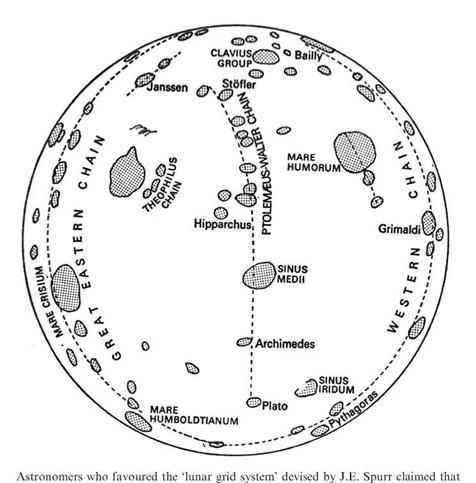
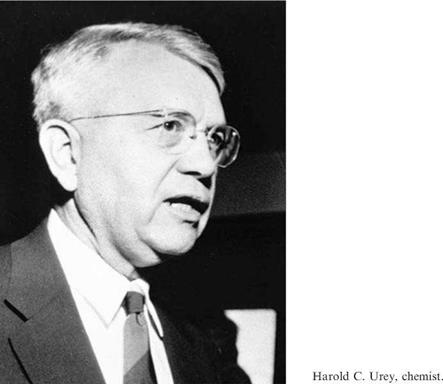
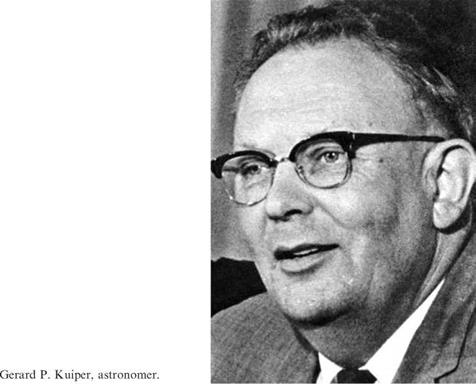
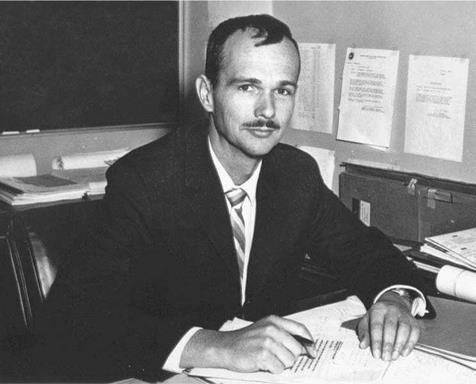
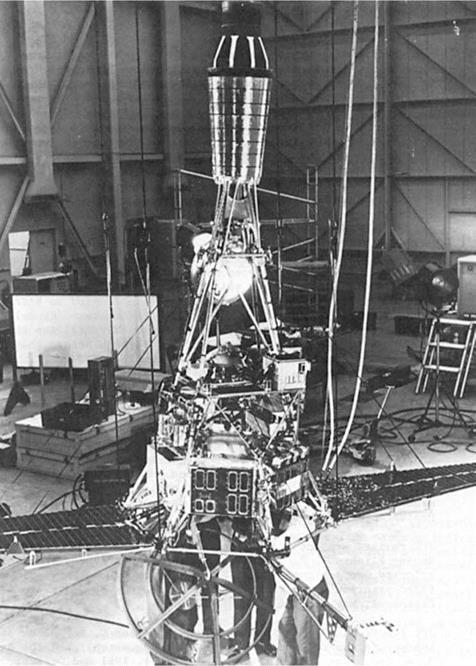
 Deep Space Instrumentation Facility automatic gain control variations served to document the initial tumbling of the Surveyor 2 spacecraft.
Deep Space Instrumentation Facility automatic gain control variations served to document the initial tumbling of the Surveyor 2 spacecraft. SOLENOID-OPERATED PROPELLANT VALVE
SOLENOID-OPERATED PROPELLANT VALVE
